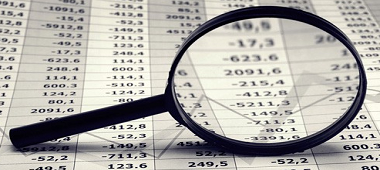from the St Louis Fed
— this post authored by Michael McCracken
Forecasting recessions is notoriously difficult. Even so, knowing that a recession may be imminent enables consumers and businesses to make better strategic decisions.

For example, households may want to increase their savings in case they lose jobs, while companies may reduce investments to adjust for lower expected future demand.
Identifying Recessions through Yield Curves
It is therefore not surprising that a lot of research has gone into identifying consistent, simple-to-use signals of an oncoming recession.
In a previous post, Michael Owyang and Hannah Shell discussed how the “slope” of the yield curve for U.S. Treasuries is often considered one of these useful signals.1 Here, the slope is defined as the difference between the yield on a long-maturity rate (such as the 10-year) and the yield on a short-maturity rate (such as the one-year).
This slope is used as a signal because it has switched from positive to negative prior to the last seven recessions. This slope has gained momentum in the news because, as shown in figure below, it is near its lowest level since the last recession.
Negative Yield Curve Doesn’t Mean Imminent Recession
However, as the saying goes, don’t put all of your eggs in one basket. For example, the slope of the U.S. yield curve turned negative in 1966, yet a recession did not occur for many years after.
In the context of other countries, Australia has had its yield curve invert three times in the last 25 years and at no time experienced a recession! Clearly, there are other factors at work beyond just the slope of the yield curve.
Signals from Forward-Looking Indicators
As a general matter, data that have a forward-looking component should also be considered as a predictor of future recessions. For example, individuals buy stocks based on a firm’s expected future, rather than past, performance. Hence, a rapid decline in stock returns is often considered a predictor of future recessions.











Leave A Comment